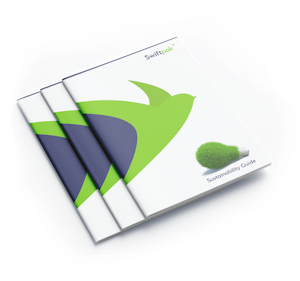Who will be affected by the Plastic Tax rate change?
Those who will be affected by the Plastic Tax rate change include UK manufacturers and importers of plastic packaging, business customers of manufacturers and importers of plastic packaging, as well as consumers buying plastic packaging within the UK.
However, manufacturers and importers of plastic packaging amounting to less than 10 tonnes per year are currently exempt.
What is the aim of increasing the rate of the Plastic Tax?
The aim of the Plastic Tax is to provide an economic incentive to use recycled plastic when it comes to the manufacturing process of plastic packaging. It is hoped this will increase demand for the material and prompting higher levels of recycling and plastic waste collecting, which will divert plastic away from landfill or incineration.
According to Gov.UK, “Increasing the rate of Plastic Packaging Tax in line with CPI maintains the real term value of the price incentive to use recycled plastic and support the government’s environmental goals.”
Therefore, the rate set out in Section 45 of the Finance Act 2021 will change from £200 per tonne to £210.82 per tonne as of the 1st April 2023. This is all in order to support the Government’s long-term goal to eliminate avoidable plastic waste by 2042.



